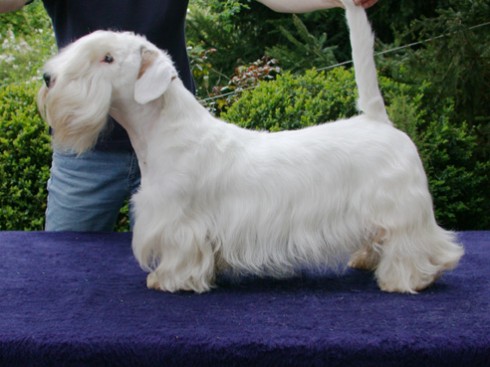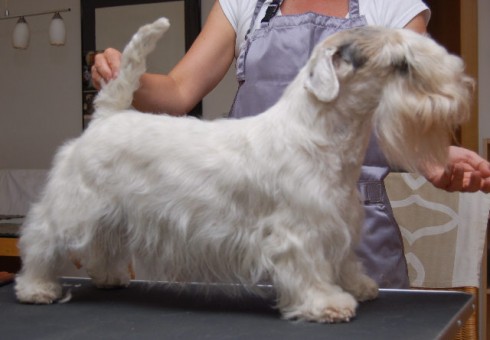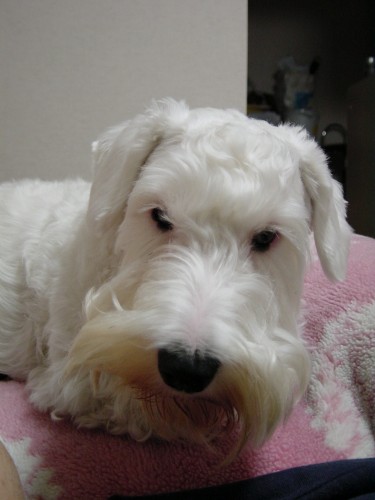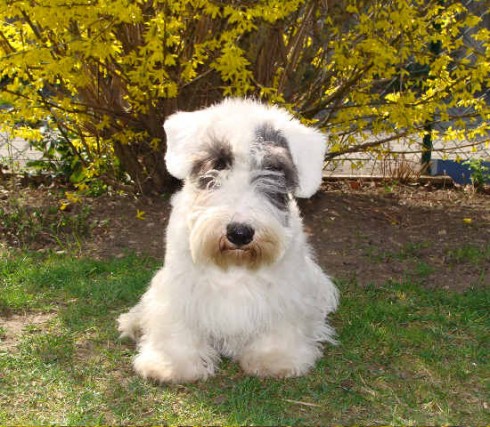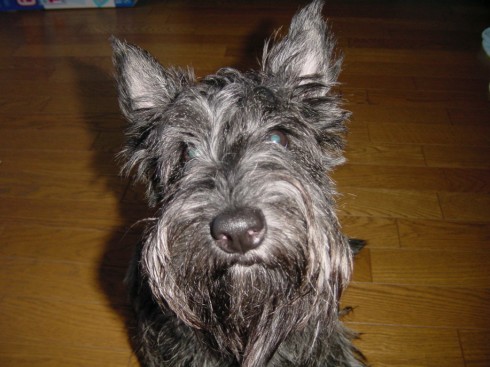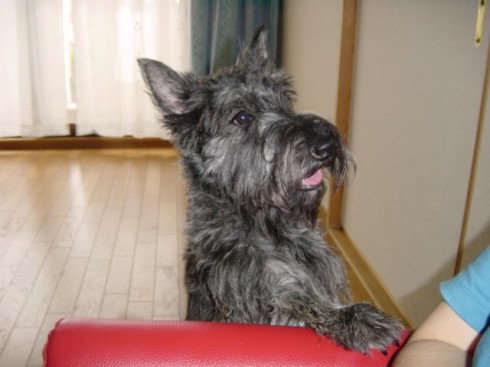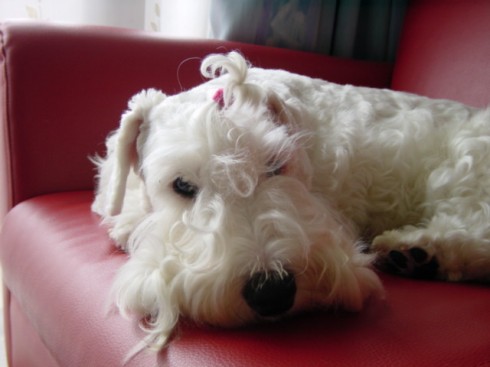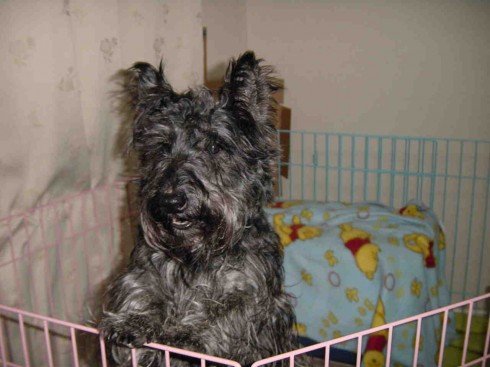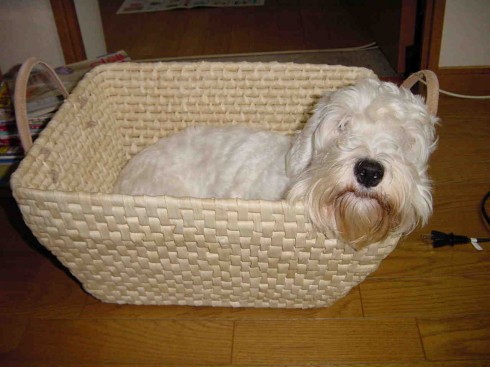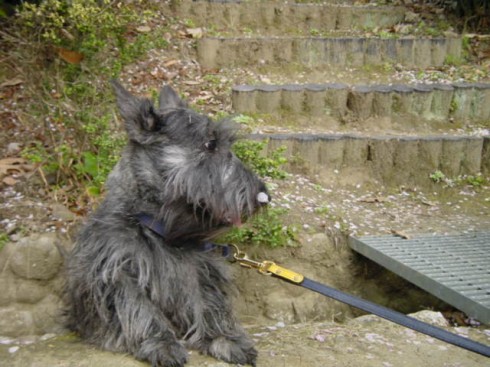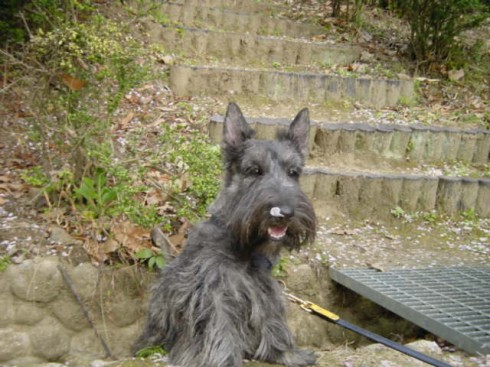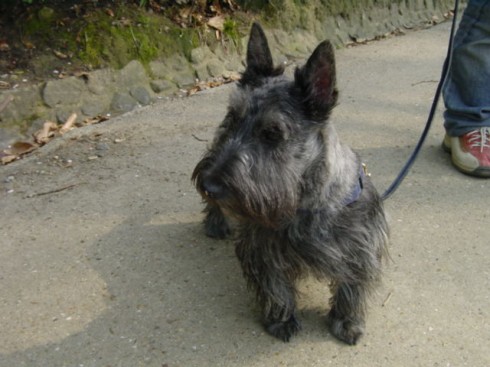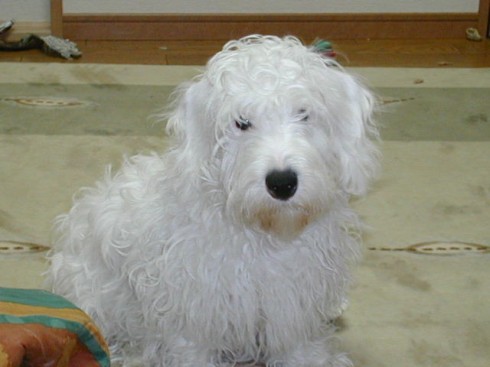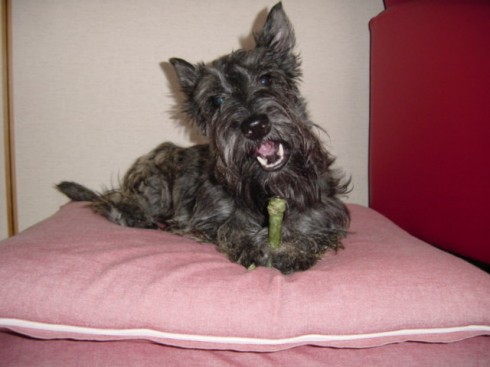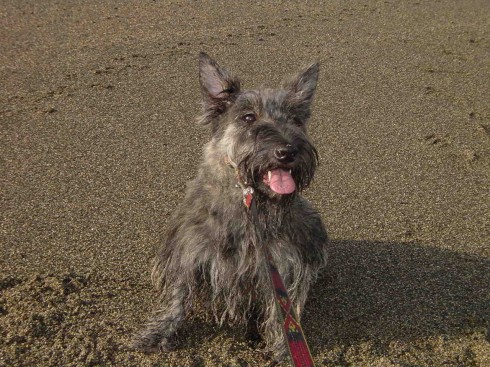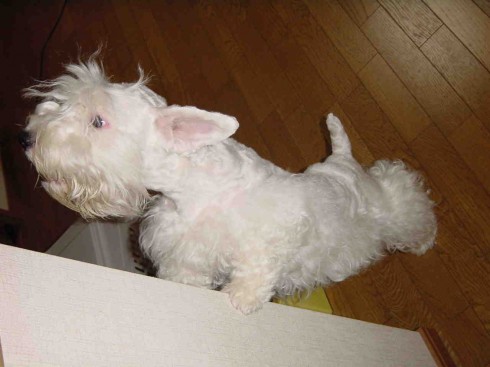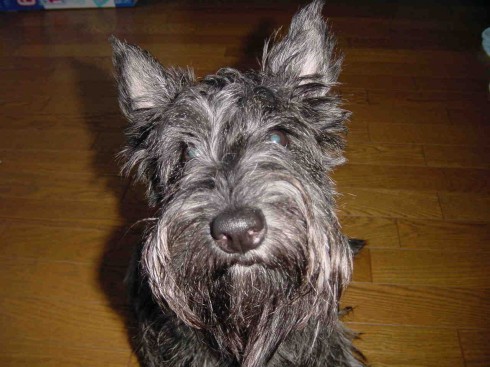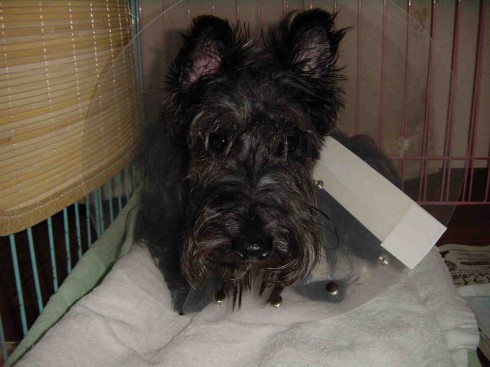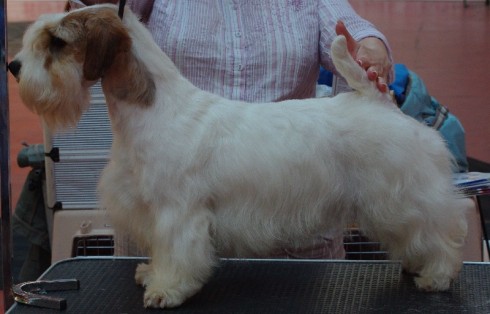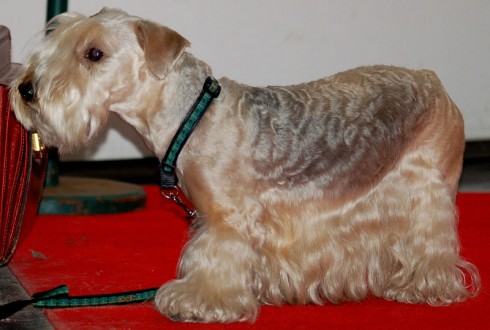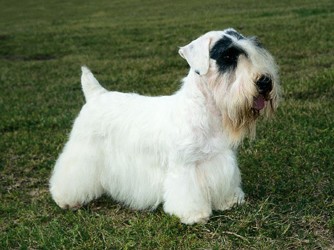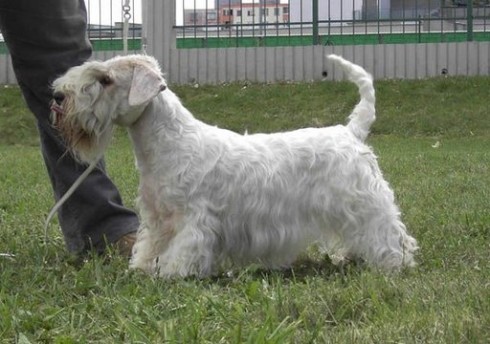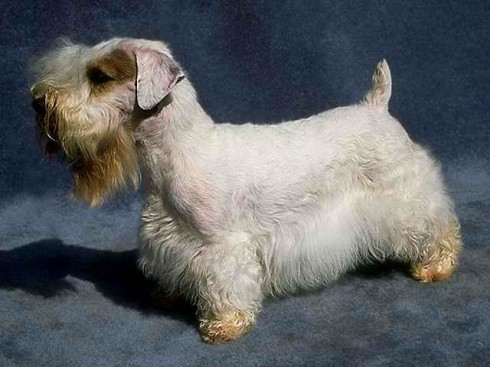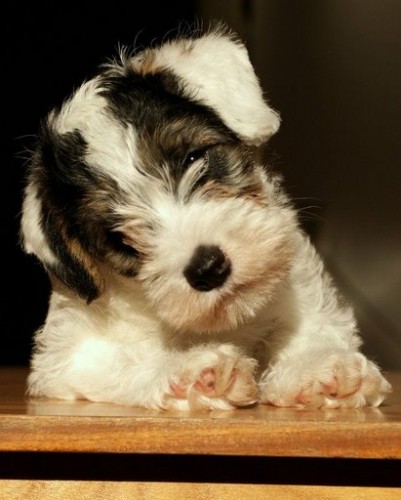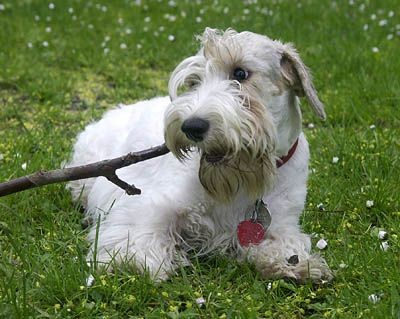Main Index
In Store
Our Web Store
Miniature Schnauzer Picture Gallery
Latest Dog Blogs
- What Are The Basic Commands To Train A Dog?
- PaySafe As The Most Popular Type Of Deposit
- Everything You Need To Know About Pet Sales
- Dogs Contribute To Our Physical And Mental Well Being
- How To Choose Where To Bet On Greyhounds In 2022
- Volunteer With Animals - How To Help Dogs Around The World
- Basic Understanding Of The House Edge
- Why You Should Get A Dog
- Top 20 Popular Dog Names Around The World
- Constipation in Dogs and How to Find Solutions
Sealyham Terrier
Sealyham Terrier Picture Gallery
Sealyham Terrier Clubs/Associations
The Full Sealyham Terrier Description
Sealyhams like to be around people and have a charming sense of humour. They are able performers in obedience training, often putting their own "spin" on tricks. Sealyhams are quiet and relaxed in the house, though they do need daily walks and romps. Sealyhams also are reliable watch dogs.
Did you know?
The Sealyham Terrier was originally bred in Wales.
So you want to own a Sealyham Terrier?
The Sealyham Terrier loves people. They enjoy being house dogs and companions. The Sealy may have independent tendencies, but will always be devoted and loyal to his family.
The Sealyham Terrier is a hard worker, powerful and determined, full of true terrier spirit.
Indicative Breed Standard
General Appearance
Free-moving, active, balanced and of great substance in small compass. General outline oblong, not square.
Characteristics
Sturdy, game and workmanlike.
Temperament
Alert and fearless but of friendly disposition.
Head and Skull
Skull slightly domed and wide between ears. Cheek bones not prominent. Punishing square jaw, powerful and long. Nose black.
Eyes
Dark, well set, round, of medium size. Dark, pigmented eye rims preferred but unpigmented tolerated.
Ears
Medium- sized, slightly rounded at tip and carried at side of cheek.
Mouth
Teeth level and strong with canines fitting well into each other and long for size of dog. Jaws strong with regular scissor bite, i.e. upper teeth closely overlapping lower teeth and set square to the jaws.
Neck
Fairly long, thick and muscular on well laid shoulders.
Forequarters
Forelegs short, strong and as straight as possible consistent with chest being well let down. Point of shoulder in line with point of elbow which should be close to side of chest.
Body
Medium in length, level and flexible with ribs well sprung. Chest broad and deep, well let down between forelegs.
Hindquarters
Notably powerful for size of dog. Thighs deep and muscular with well bent stifle. Hocks strong, well bent and parallel to each other.
Feet
Round and cat-like with thick pads. Feet pointing directly forward.
Tail
Customarily docked. Docked: Medium length. Thick with a rounded tip. Set in line with back and carried erect. Quarters should protrude beyond set of tail. Undocked: Medium length of tail to give a general balance to the dog. Thick at root and tapering towards tip. Ideally carried erect, but not excessively over the back, and with no curl or twist. Quarters should protrude beyond set of tail.
Gait/Movement
Brisk and vigorous with plenty of drive.
Coat
Long, hard and wiry topcoat with weather-resistant undercoat.
Colour
All white or white with lemon, brown, blue or badger pied markings on head and ears. Much black and heavy ticking undesirable.
Size
Height should not exceed 31 cms (12 ins) at shoulder. Ideal weight: dogs approximately 9 kgs (20 lbs); bitches approximately 8 kgs (18 lbs). General conformation, overall balance, type and substance are main criteria.
About Our Article Directory
- Article
- 27 November 2010
- 2 comments
Canis lupus familiaris
- Breed Article
- 29 May 2010
- No comments
Quick Search
Donate
Latest Dog Pods
- Tips on How to Stop Your Dog from Biting
- Beware - Not All Advertised Dog Rescues Really Are! How Can You Know The Truth?
- Helpful Tips For Dog Obedience Problems
- How to Keep Dogs From Eating Poop
- Dog Grooming Tips - A General Overview of the Very Basics of Dog Grooming
- Recognising Different Types of Dog Obedience Problems
- 5 Important Tips On Feeding A Puppy


